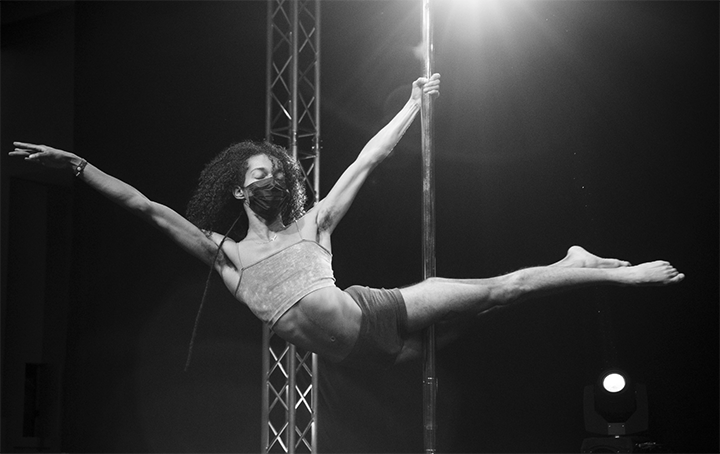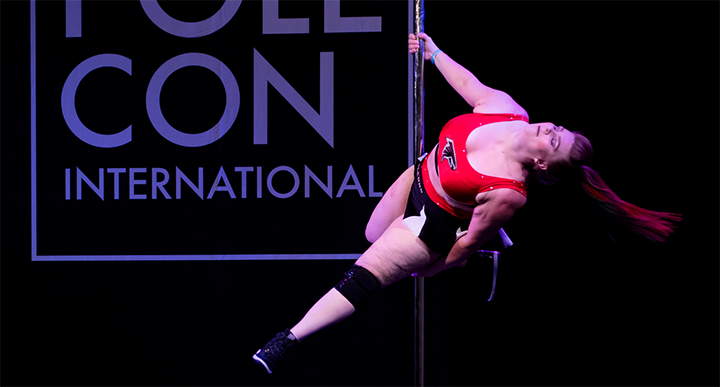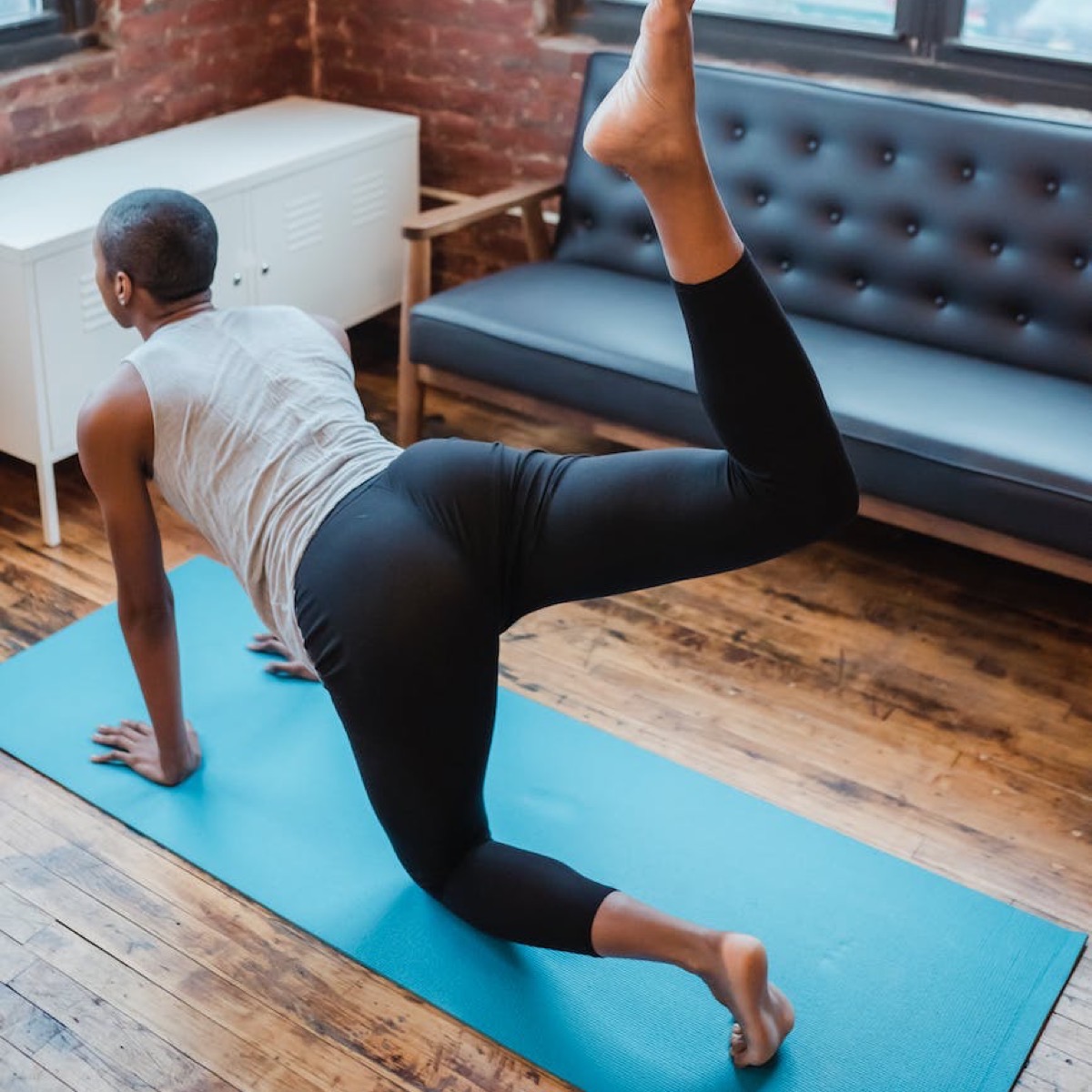I recently saw a reel on Instagram with this tall, thin, gorgeous 20 something young…

If you don’t breathe you…Die
Before I start to wax philosophic about breathing, I would like you to stand up and give me 5 bodyweight squats. While you are squatting, I want you to just check in with your body and notice what you are feeling. I’m not looking for anything big, just take this time to run a quick diagnostic and see what you feel. Remember what you feel because I am going to check in with you later on.
Let’s get this party started
Your body has only two imperatives: to breathe and to move
If you don’t breathe you die is a simple enough concept.
If you don’t/can’t move, you also die, another fairly simple concept. Just imagine you are a Masai warrior on the beautiful savannas of Africa and a hungry lion is running at you. What would happen if you couldn’t move? Well, that lion would have a tasty supper.
These two imperatives are so important (um…imperative sort of hints to that) that the body will sacrifice any number of functions to make sure it never loses the ability to move and to breathe.
One caveat to the whole thing is that your body doesn’t necessarily need you to breathe and move optimally, it doesn’t really care about that part, it just needs to know you can do both things. This is what inevitably puts our bodies in movement patterns that “work” but that are far from optimal and can lead us down the road to poor performance, injury, and physiological and psychological stress.
Now that we have that established, (I know it’s clear as mud, right?) I want to spend some time talking about the breathing portion of the equation.
What makes you stop breathing?
I’ve got some homework for you. Starting today I want you to notice all the times during the day when you STOP breathing. That’s right. You probably don’t realize you are doing it, I sure didn’t, but I can guarantee once you start tracking it you will be amazed at all the times in a day when you consciously or unconsciously choose to hold your breath and stop breathing.
Here are just a few of the times when I stop breathing normally or hold my breath.
- When I am thinking about something difficult
- When I am driving and have some road rage (in between cursing people and acting like a maniac)
- When I am trying to be small, or I am feeling unimportant
- When I’m learning a new dance skill
- When I am engrossed in a project
So, humor me please and start trying to make this list for yourself. The more you understand why you stop breathing, the easier it will be to keep it from happening.
How do you breathe?
Did you know there is a right way AND multiple wrong ways to breathe? For something that we do automatically and without thinking there are countless ways to get the job done. Let’s go through some of them.
1. Shoulder breathing. No that isn’t a technical term, but I think you know what I mean. It’s like panic breathing. Short, shallow breaths where your chest and shoulders rise and fall rapidly as you breathe in and out. This type of breathing is common and if you do any people watching you will see that most people take short shallow breaths like this. Any sort of class that works on the breath will try to break you of this habit because you don’t use much lung capacity and you don’t draw in a lot of oxygen. It is not efficient, and the short choppiness of the breath can be anxiety producing so it is counterintuitive to any sort of breathing meant to produce calm focused thoughts. Here is a quick visual for what shoulder breathing looks like.
VIDEO:
2. Lateral/Collateral breathing. This is common in yoga classes and Pilates. The cue you will be familiar with is “expand your rib cage”. This type of breath work focuses on filling your lungs so that you push your ribs out in all directions. You are supposed to fill that space and feel expansion through your back and sides. If all you have been doing is the Staccato shoulder breathing, then switching to lateral/collateral is going to make you feel like a champion. So much oxygen plus you start to feel yourself expanding into space. It feels so right. But…as good as it might feel, you still aren’t using your lungs to their full capacity. You still aren’t bringing in all the glorious oxygen that your brain and body needs to function.
VIDEO:
3. Belly Breathing. This is the ticket and if you play a musical instrument or sing, then you are probably used to belly breathing. To do a full belly breath you need to draw as much air in as you can and send it down deep into your belly. I tell people to pull the air down into your naughty bits. We are looking for big, expansive sexy bellies that make us look like we ate too much for dinner, or we got a bun in the oven. This is very hard for people who have never done it before. What this breath accomplishes is to expand the bottom 1/3 of your lungs and push it own into your diaphragm. Belly breathing uses the most lung capacity and can give you a rush like doing drugs, especially if your body isn’t used to having all that glorious oxygen available. If you are belly breathing correctly all the air will be down in the bottom of your belly and your chest and shoulder won’t rise much at all.
VIDEO:
Belly Breathing is the Golden Ticket
When you breathe deep into your belly it wakes up your diaphragm and when you wake up your diaphragm you begin to wake up your psoas. I’m not going to go into the psoas here (I will in later blogs) but just know the psoas is a very important muscle if you want to outrun that hungry lion.
I’m going to warn you. Executing the perfect belly breath is counterintuitive to what society tells you is “attractive”. Instead of sucking in and creating washboard abs, belly breathing wants you to push that tummy out. I have found that lots of people find belly breathing hard at first simply because they have been trained to suck their tummies in, not let them hang out gloriously. Big bellies, full of oxygen are so sexy because they are what life is all about. Those stupid sucked in tummies are not life affirming, so ditch them in the trash.
Let’s Start Breathing
Stand up for me and place your hand on your lower belly in that space under your belly button but on top of your hip bones. Keep your hand there and start to slowly breathe into your nose and send all that air down deep in your lungs and try to push your hand out as your belly expands.
Breathe on this cue: In through the nose, down to the belly, out through your mouth with a big sigh. Repeat this for 5 breaths and see how it feels.
If that worked, then you are amazing and you don’t need me so carry on with life 😊. If it was more difficult than you thought, it would be then try the same exercise while lying down with your legs straight.
Breathe on this cue: In through the nose, down to the belly, out through your mouth with a big sigh. Repeat this for 5 breaths and see how it feels.
If that still was a bit difficult then do this. Its kind of silly. Hang in with me. I’m going to turn you into a Tellytubby. Take two fingers, your pointy finger and your middle finger and press them down gently on the crown of your head. Hold them in place and repeat your 5 breaths.
VIDEO:
Was that any easier? Some times holding that spot on your head can really make a difference in your ability to bring air into the deep parts of your lungs.
Now that we have the mechanics of belly breathing, I’m going to give you some homework. At night, when you are trying to fall asleep, I want you to do 20 belly breaths. Chances are you won’t get all 20 because you will be blissfully asleep before you finish. Also, throughout the day if you are confronted with something that is stressful take a moment and do 5 belly breaths for me. If you need the cue place your hand on your belly or press your fingers into the top of your head. Whatever it takes to cue you to take really deep, belly expanding breaths. After the 5 breaths you should notice that your whole body just sort of relaxes and whatever was stressing you out has much less power over you.
In my next blog we will walk through our first activation. It is the one that works on finding this belly breathing pattern, so if you aren’t sure of it now just keep working with what you have and then when you add the activation you will get that much better at it, I promise.
Before you go, I would like you to stand back up and give me 5 more bodyweight squats. What do you feel? Are they different then the ones you did earlier? Does your body feel any different? Hit me up on Instagram or via email at [email protected] to let me know if there was any difference between the first set of squats and this last set of squats.
Latest posts by Susan Bartley (see all)
- Activated Hamstrings Make Your Splits Easier - March 17, 2023
- Re-Train the Brain, Re-Train the Body - March 10, 2023
- Let’s Get Your Glutes Going - January 13, 2023


